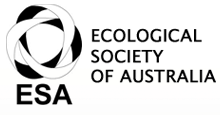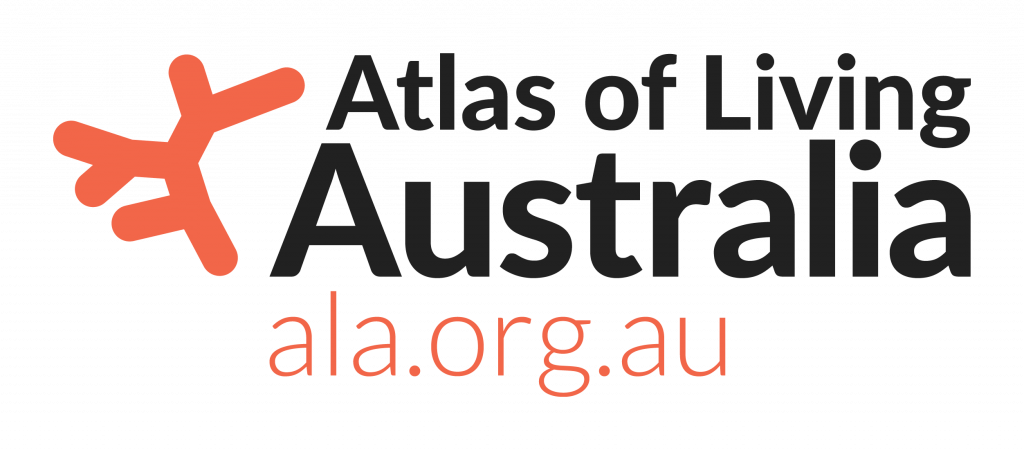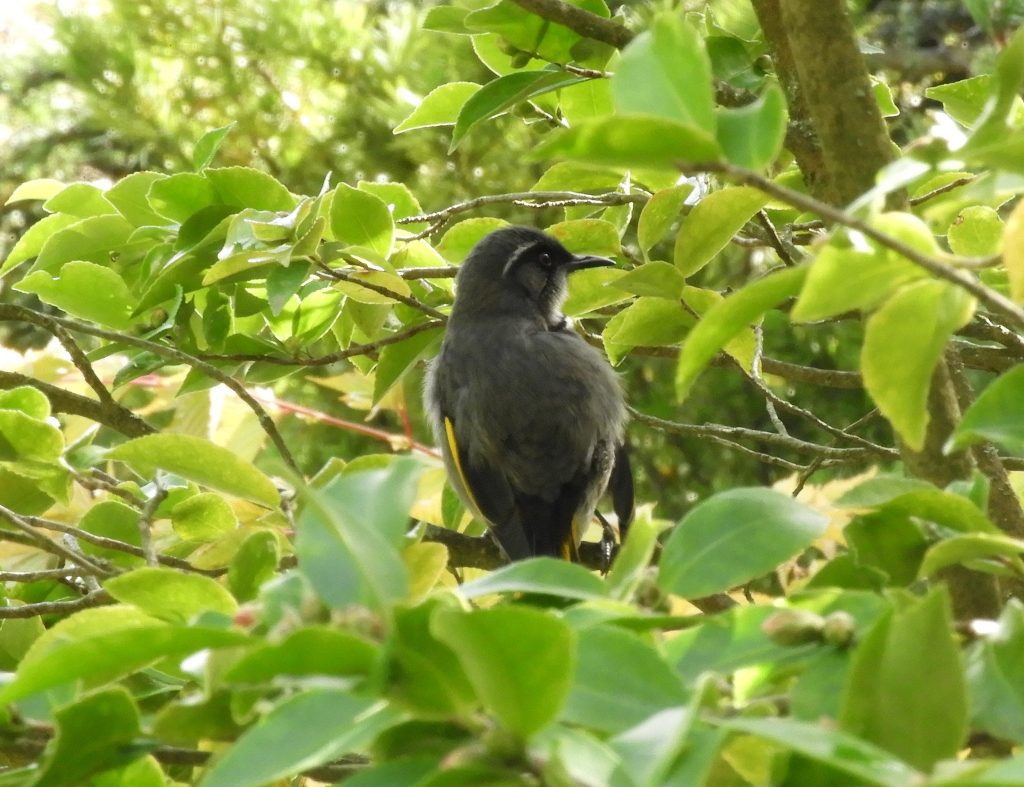


During the Ecological Society of Australia conference delegates and the Launceston community are being invited to contribute to science and environmental decision making by participating in a BioBlitz.
Whilst ecologists discuss how best to manage our landscapes, they’re calling on locals to download the iNaturalist app and upload all the nature they see between 25 and 29 November into the ESAus19 BioBlitz.
“The aim is to collect as many plant, animal, and fungi observations as possible around Launceston and surrounds in the week of the conference to get a snapshot of the environment,” says Peggy Newman from the Atlas of Living Australia.
“The observations will be uploaded to the Atlas of Living Australia which is used by governments, researchers, consultants and land managers when they make decisions about the future for our native species, for example whether to fund recovery plans for threatened species, or approve a development applications.”

Observations will be updated in real time here.
One researcher attending the Conference has put to call out to Tasmanians to help him find Honeyeaters around Hobart, but would be most interested in any sightings of these birds in Launceston.
“This threatened group of woodland birds nest in a very specific part of the landscape, so I need the community’s help to find a collection of local species in one place and interacting. This is usually a single flower tree in a park, so I need the help of Tasmanians to tell me where your Honeyeaters are,” says Graham Fulton from the University of Queensland.
The Atlas of Living Australia has teamed up with global iNaturalist encouraging citizen scientists to use iNaturalist Australia to record sightings. They are also encouraging experts to help identify species.
Peggy Newman will be speaking at ESA2019 in Launceston about the launch of iNaturalist Australia, the Australian node of iNaturalist, the world’s leading global social biodiversity network.
Contact and more information
- Peggy Newman, Atlas of Living Australia, peggy.newman@csiro.au
- Toni Stevens, Ecological Society of Australia, 0401 763 130, media@ecolsoc.org.au
ESAus19 BioBlitz: https://inaturalist.ala.org.au/projects/esaus19-bioblitz
Media releases at: www.ecolsoc.org.au/media-and-events/media-releases
On Twitter: #ESAus19 // @EcolSocAus
Conference website: www.esa2019.org.au
More about iNaturalist Australia
Observe nature and share your findings
You can record observations with iNaturalist Australia on your desktop and by using the iNaturalist app on your iPhone or Android device. Use iNaturalist Australia to help identify what you see and keep a record of where and when you see it. It’s your own nature diary.
All iNaturalist Australia observations are loaded into the ALA regularly. All data in the ALA is accessible and usable for researchers and decision makers to access for environmental and ecoscience research and analysis.
Identify species and help improve data quality
iNaturalist supports a large community of experts and citizen scientists around the world. Its species identification system relies on the expertise of the community, so the more experts the better.
iNaturalist enables conversations between experts and there are taxa experts from around the world contributing to crowd sourced identifications and sharing expertise. So, if you know a moth from a butterfly and a huntsman from an orb-weaver, join the iNaturalist community and share your expertise.
Why the ALA has teamed up with iNaturalist
The ALA is Australia’s national biodiversity database and is keen to improve the quality of human observation data entering the ALA. iNaturalist Australia provides an easy-to-use desktop and mobile platform, support for species identification, and tools for assessing data quality. All iNaturalist Australia data is regularly fed into the ALA and you can link your ALA and iNaturalist accounts to see all your records in one place.
Human observation data is a valuable part of the ALA. It helps to create a more detailed picture of our national biodiversity and assists scientists and decision makers to deliver better outcomes for the environment and our species. iNaturalist Australia’s species identification features and data quality measures will ensure your plant, animal or fungi sightings are more valuable than ever.
A bit more about iNaturalist
iNaturalist Australia is the Australian node of iNaturalist, a joint initiative of the California Academy of Sciences and the National Geographic Society. It is a global social biodiversity platform designed to share and discuss biodiversity. Built on open source software, it supports open data, and has a strong community engagement focus including the interest and encouragement of the taxonomic community.
To learn more about iNaturalist Australia read the ALA User Guides and FAQs, or email support@ala.org.au if you have any questions.